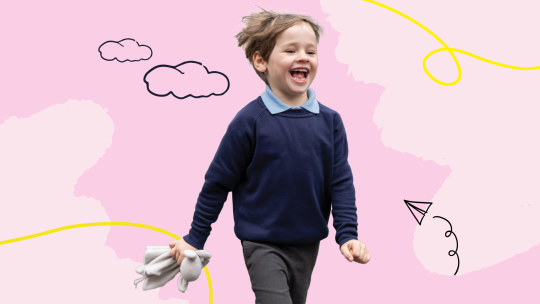Boundaries and emotional regulation
 Image: A mum and son reading a book together.
Image: A mum and son reading a book together.
This week, emotional literacy facilitator and parent coach Jennifer Wyman shares her personal and professional reflections on setting kind, clear and adaptable boundaries for neurodivergent children, and how emotional literacy can transform family life.
Boundaries that are kind, clear… and human
When I think back to how I handled boundaries with my eldest (now mid-20s), I wince. I was firm and, honestly, too strict. My expectations were sky high, and he learned to equate ‘getting it right’ with being worthy. Perfect doesn’t exist; it’s an abstract idea that fuels anxiety.
Studying Emotional Literacy in 2014 changed everything. I realised I could use what I’d learned, both at home and in my work with parents, to approach boundaries differently.



